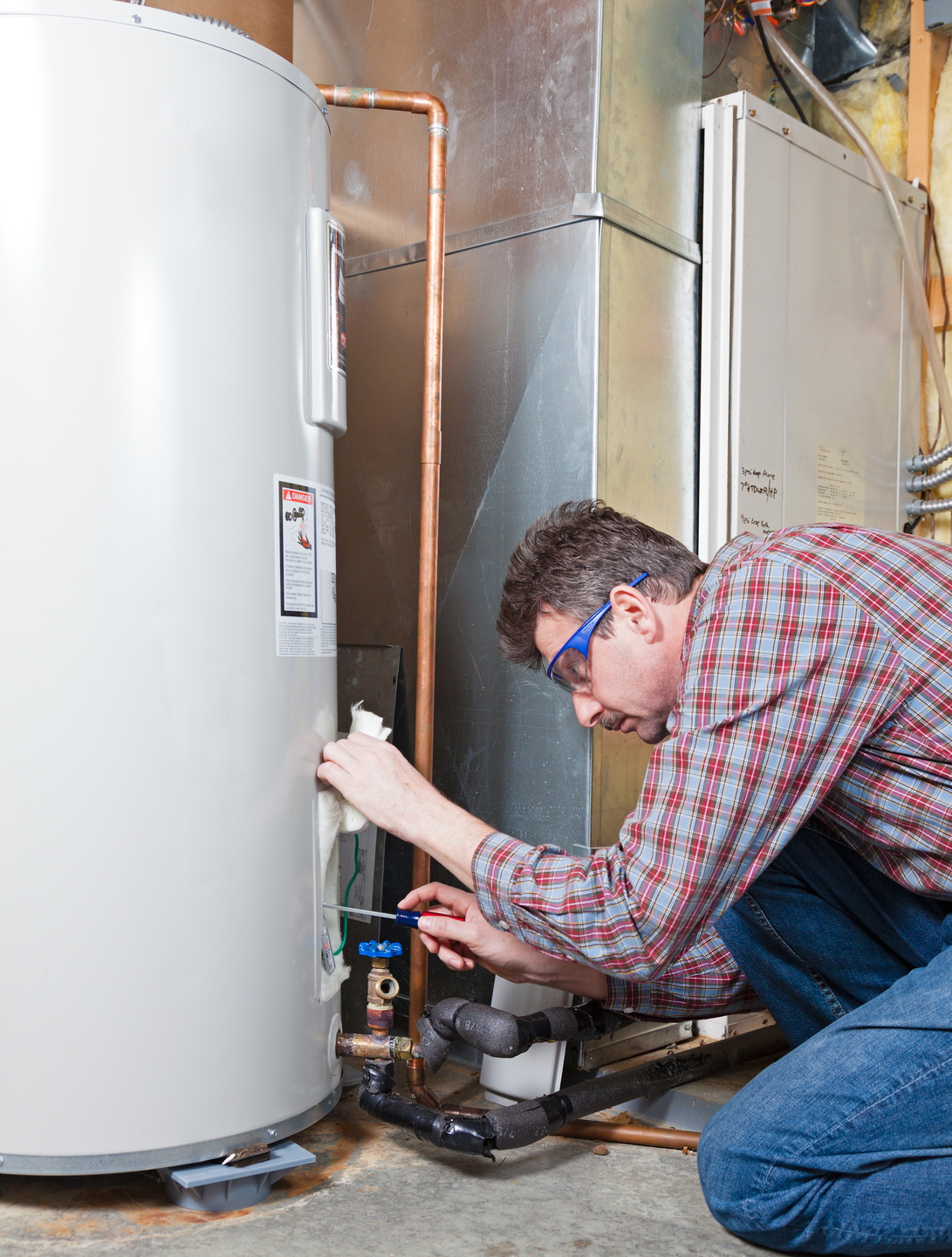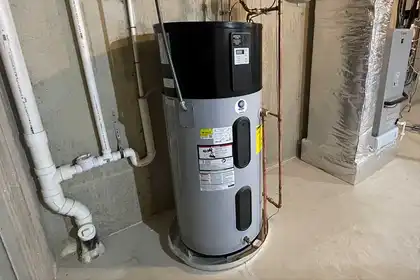Certified water heater installation in Brea – quality service guaranteed
Do It Yourself Hot Water Heater Setup: Crucial Actions for Success
When considering a do it yourself water heating unit setup, it is important to come close to the task with a systematic frame of mind, as the process involves numerous vital steps that can substantially influence both safety and efficiency. Selecting the appropriate water heating system for your particular requirements is just the beginning; preparing the setup location and recognizing the essential devices and products are just as essential. As we explore the methodical approach to installation, it comes to be noticeable that ignoring any kind of information might result in difficulties down the line. Are you prepared to navigate the complexities of this home improvement task?
Picking the Right Hot Water Heater
When picking a water heating unit, it is necessary to consider numerous essential factors to guarantee optimum performance and effectiveness - water heater. First of all, review the kind of hot water heater that finest fits your demands. Alternatives include tankless, tank, and heat pump hot water heater, each offering distinctive benefits in regards to energy performance and room demands
A bigger family may call for a system with a higher gallon capability or a tankless system that can supply constant warm water. Each power kind has effects for setup prices and lasting power expenditures.
Energy effectiveness is one more crucial aspect. Seek systems with a high Energy Element (EF) rating, as these versions take in less energy and can substantially decrease energy costs. In addition, look for guarantees and brand name dependability, as these can suggest the long life and maintenance requirements of the device. By meticulously reviewing these factors, you can pick a hot water heater that lines up with your house's certain needs, ensuring convenience and efficiency for several years ahead.
Tools and Products Needed
Effectively installing a hot water heater requires not just the right selection of device but likewise the appropriate devices and products. Prior to starting your do it yourself job, guarantee you have a detailed listing of things to help with a smooth installment process.
Important devices include a pipe wrench, flexible pliers, and a screwdriver set (both flathead and Phillips), which will certainly aid you manage numerous fittings and connections. Furthermore, a drill with proper bits is required for placing braces or making any kind of required holes. For security, a voltage tester is essential, particularly when taking care of electrical hot water heater.
You will also need an adaptable water supply line, which can be either knotted stainless steel or PVC, depending on your choices and regional codes. By collecting these tools and materials in advance, you established the phase for a successful water heating system installation.
Preparing for Installation
Prior to beginning the installation of your water heating unit, it is essential to evaluate the installment site to guarantee it satisfies all necessary demands. Beginning by verifying that the location is well-ventilated, specifically for gas water heaters, to protect against the build-up of damaging gases. Inspect for the schedule of required connections, including water lines and electric outlets, ensuring they remain in great problem and effectively situated.

In addition, evaluate the existing pipes and electric systems to determine if fixings or upgrades are needed prior to setup. This positive strategy not only guarantees compliance with local building codes however also enhances the longevity and efficiency of the hot water heater. Last but not least, collect all called for authorizations, if needed, to avoid lawful complications later. Appropriate preparation sets the stage for a smooth installment procedure and helps avoid unexpected problems.
Step-by-Step Installation Process
With the preparation total and all essential assessments carried out, the following phase entails the step-by-step setup of your water heating unit. For tank-type water heating units, attach the cool water supply line to the inlet, typically noted in blue, and the hot water line to the electrical outlet, usually marked in red.
Following, secure the temperature and pressure safety valve, which is necessary for safety and security. Connect the discharge pipe to this shutoff, directing it towards the floor or an ideal water drainage area. For electrical versions, link the power supply by removing the cables and safeguarding them to the heater's terminals according to the producer's guidelines.
If you are installing a gas hot water heater, make certain the gas line is connected effectively and look for leakages making use of a soap option. Nevertheless links are made, load the storage tank with water before activating the power or gas supply. Enable the water heating unit to get to the preferred temperature level and check for any kind of leakages around all links.
Ensuring Safety And Security and Effectiveness
Consistently ensuring security and effectiveness throughout the setup and procedure of your hot water heater is crucial for optimal performance and longevity. Begin by choosing an ideal location that adheres to neighborhood structure codes and supplies adequate ventilation. Make certain that the area is free from flammable materials and has sufficient room for upkeep and examinations.

After installment, conduct routine checks on the unit to spot leaks, deterioration, or unusual noises. Establish the thermostat to a secure temperature level, commonly around 120 continue reading this ° F, to stop scalding and improve energy performance. Insulate pipelines to lower heat loss, which great post to read adds to lower power bills.
Verdict
Finally, effective DIY hot water heater installation depends upon careful planning and execution. Picking the ideal hot water heater, preparing the installment location, and adhering to a methodical setup procedure are important steps. Sticking to safety guidelines throughout the installment guarantees both safety and effectiveness. In addition, normal maintenance checks post-installation will add to the ideal efficiency of the hot water heater, ultimately improving the longevity and efficiency of the system. Appropriately establishing the thermostat better ensures safe procedure.
When considering a DIY water heater setup, it is necessary to come close to the job with a methodical frame of mind, as the process involves several critical actions that can considerably impact both safety and security and performance.Before starting the setup of your water heating unit, it is essential to analyze the setup site to guarantee it meets all necessary demands. For tank-type water heating units, attach the cool water supply line to the inlet, generally noted in blue, and the hot water line to the electrical outlet, generally designated in red.Regularly making sure safety and performance throughout the installation and operation of your water heating system is essential for optimum performance and longevity. Picking the appropriate water heater, preparing the installation area, and complying with a systematic installation process are vital actions.